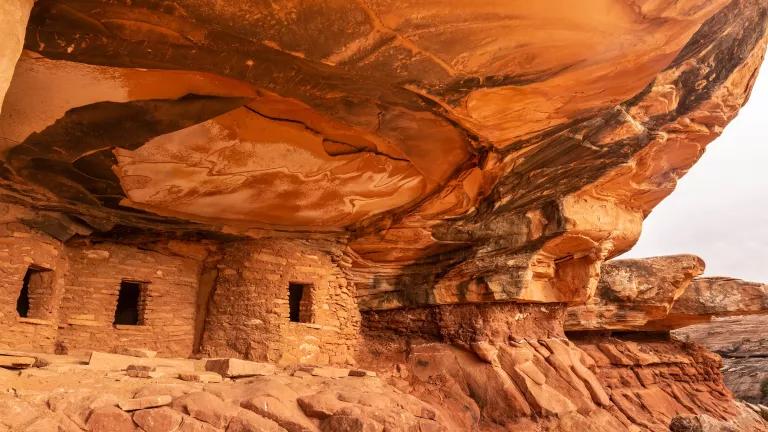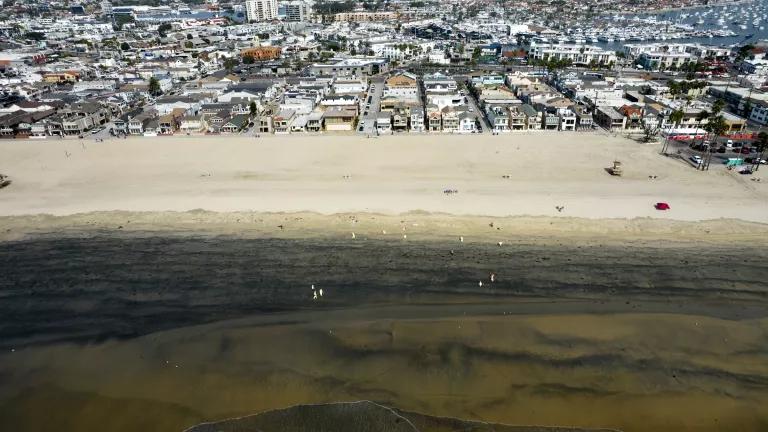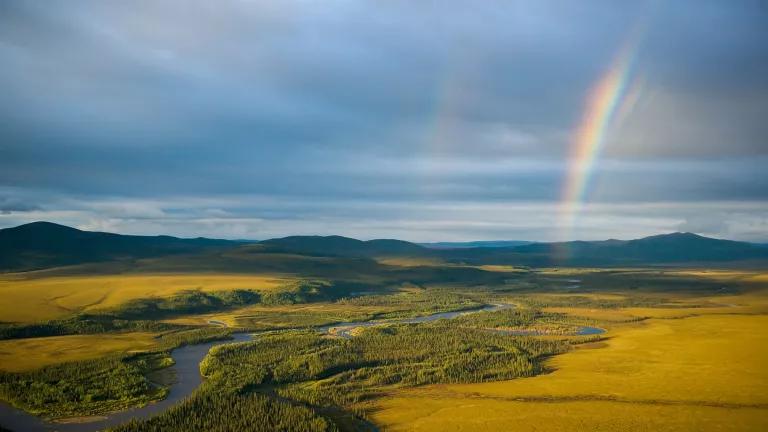Biden Restores Protections for Three National Monuments
After Trump’s rollback attempts, Bears Ears, Grand Staircase-Escalante, and the Northeast Canyons and Seamounts will no longer be up for grabs by industry.

The Fallen Roof granary in Road Canyon on Cedar Mesa in Bears Ears National Monument, Utah
In a hard-won victory for Indigenous Peoples and environmental groups, President Biden will sign proclamations today to reinstate the original boundaries of Bears Ears and Grand Staircase-Escalante national monuments and restore protections to the Northeast Canyons and Seamounts Marine National Monument.
“It’s hard to overstate just how important these lands are for the Indigenous People who have lived in the region for millennia; for archaeologists and paleontologists who come from all over the world to study; and for the hikers, climbers, and campers looking to appreciate some of the most beautiful natural spaces in the world,” says Sharon Buccino, senior director of the land division at NRDC.
NRDC President and CEO Manish Bapna added, “Restoring the Northeast Canyons and Seamounts—an extraordinary underwater landscape full of ancient corals and sea creatures—preserves a living laboratory for scientists and will make our ocean more resilient in the face of climate change.”

Corals near the edge of a mussel bed in the Northeast Canyons and Seamounts Marine National Monument
Under the Trump administration, the U.S. Department of the Interior slashed the size of the two national monuments located in Utah—Bears Ears by 85 percent and Grand Staircase-Escalante by 46 percent—constituting the largest-ever rollback of federal public lands protections in U.S. history. The administration also attempted to strip protections from the Northeast Canyons and Seamounts Marine National Monument, which sits 130 miles off the coast of Cape Cod, and open up the vulnerable ocean ecosystem to commercial fishing.
In response, NRDC waged multiple years-long legal battles, arguing that presidents do not have the constitutional or statutory authority under the Antiquities Act to roll back national monument designations. The Navajo Nation, Hopi Tribe, Ute Indian Tribe, Ute Mountain Ute Tribe, and Pueblo of Zuni, as well as scientific and Indigenous advocacy groups, also filed separate lawsuits. Together, advocacy and legal pushback kept large-scale industrial development in the regions at bay. NRDC has also defended the Northeast Canyons and Seamounts’ monument status multiple times, first in a lawsuit brought by fishing industry groups and later in our own challenge to the Trump administration’s rollback.
One of the most ecologically intact, road-free areas in the Lower 48, Bears Ears is home to countless dwellings, kivas, granaries, rock art panels, and other sites that hold deep cultural and religious importance to the Navajo Nation, Hopi Tribe, Ute Indian Tribe, Ute Mountain Ute Tribe, and Pueblo of Zuni, who first proposed its national monument designation to President Obama. “This begins a new chapter in managing Bears Ears that respects the tribes’ traditional knowledge in caring for this living landscape,” Bapna says. “We stand proudly with the five Native American tribes that led the long and visionary effort to protect and restore Bears Ears.”
Nearby, Grand Staircase-Escalante features some of the region’s most beloved badlands, cliffs, and canyon systems, as well as some of the world’s most well-preserved artifacts and dinosaur fossils. Nicknamed the “Science Monument,” it offers an unparalleled window into the late Cretaceous period, yielding fossils of previously undiscovered dinosaur species.
The Northeast Canyons and Seamounts—named for its dramatic underwater terrain of canyons and steep underwater mountains—is a biodiversity hot spot, teeming with 1,000-year-old corals and unique and rare species, as well as an important nursery area for dolphins and whales. Commercial fishing poses a number of threats, as industrial fishing gear can damage coral reefs, entangle marine mammals, and disrupt food webs. No data has ever demonstrated an economic loss for the commercial fishing industry since the monument’s designation.
“This is a victory for science, for future generations, and for anyone who looks to these special places for solace, education, healing, and inspiration,” Bapna says.



